Cooking salmon in a cast iron skillet on the stovetop is not just a task; its an art form that can elevate any meal. As a kitchen professional, understanding the nuances of perfecting this process can be a game-changer. Here, we delve deep into the methods, tips, and techniques for cooking salmon to perfection in a cast iron skillet.
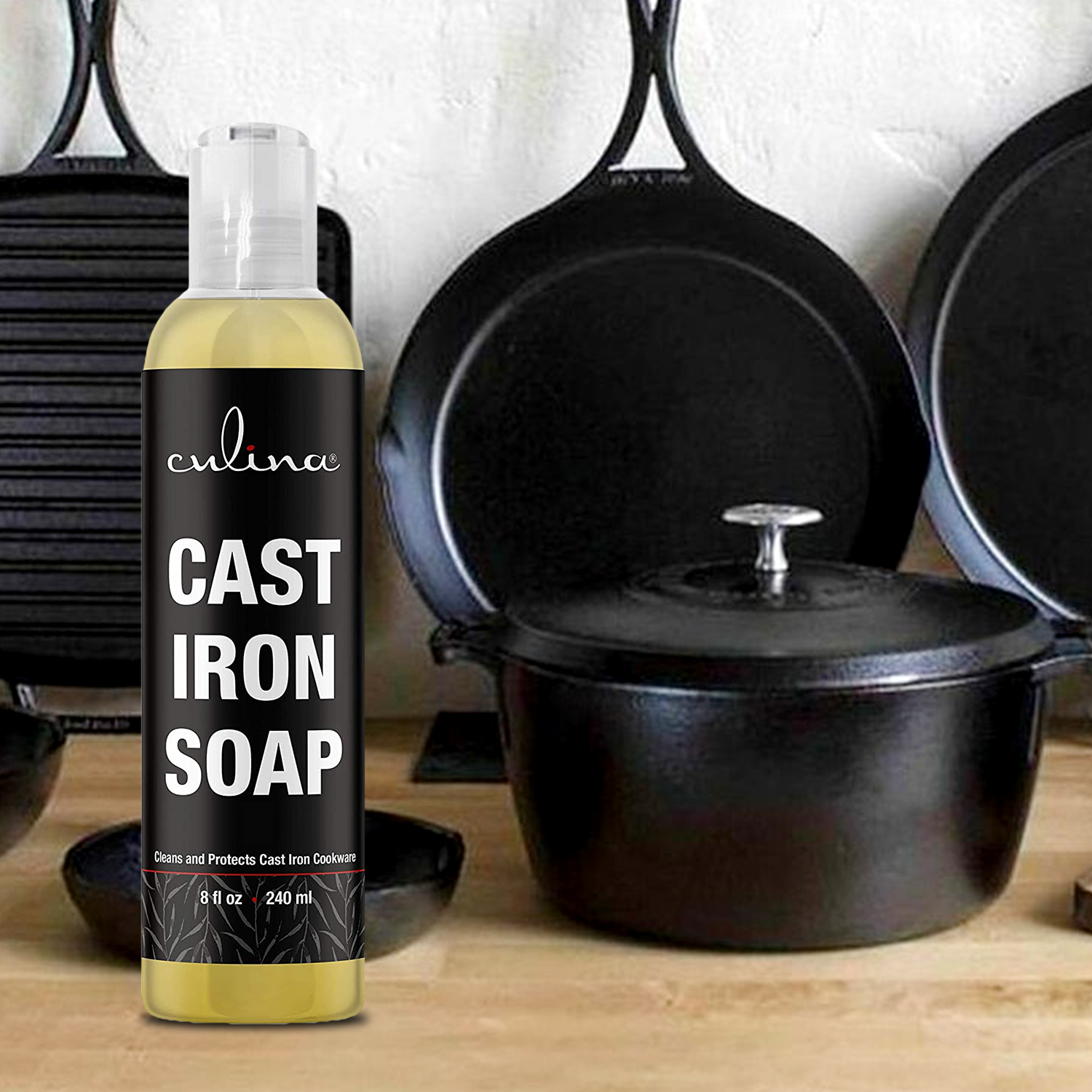
Importance of Choosing the Right Salmon
When it comes to cooking salmon, the first thing to consider is your choice of fish. Fresh, high-quality salmon is essential for achieving the best flavor and texture. Aim for wild-caught salmon if possible, as it is generally considered superior in taste and health benefits.
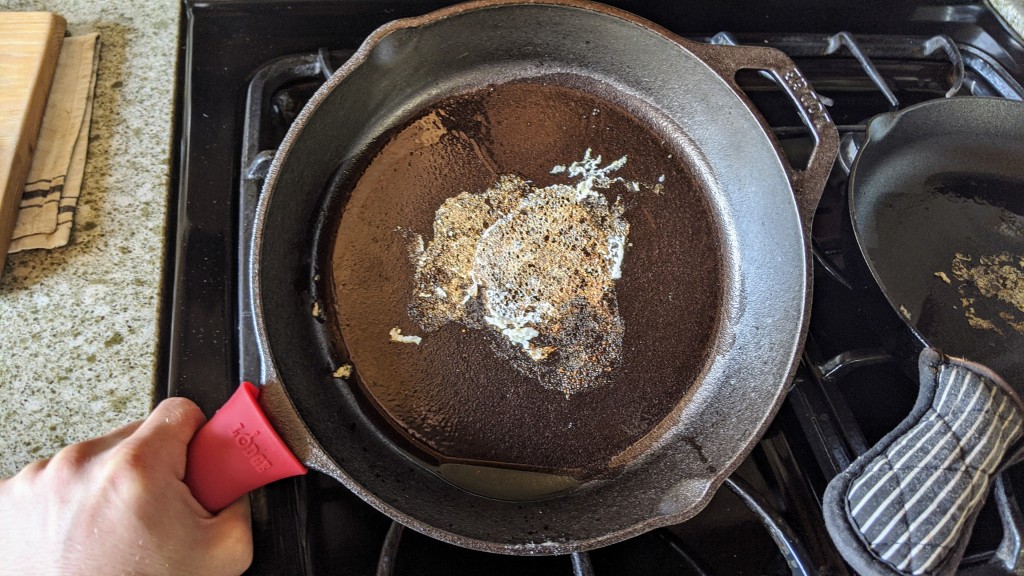
Preparing the Cast Iron Skillet
Before diving into the cooking process, proper preparation of your cast iron skillet is crucial for preventing sticking and ensuring even cooking. Here's how you can prepare your skillet:
- Seasoning: Ideally, your cast iron skillet should be well-seasoned. This means it has been coated with a thin layer of oil and heated, which creates a natural non-stick surface.
- Heating: Preheat your skillet over medium heat for about 5 minutes. A hot skillet is key to achieving a perfect sear.
- Oiling: Add a tablespoon of high smoke point oil (like canola or avocado oil) just before adding the salmon. This helps in creating a beautiful crust.

How to Season Salmon for Maximum Flavor
Seasoning your salmon correctly is vital for maximizing flavor. Here are a few ideas:
- Salt and Pepper: The classic combination!
- Lemon Zest: Adds a fresh twist that complements the fish.
- Herbs: Dill, thyme, or parsley can add depth.

Cooking the Salmon
Now, let's get into the heart of the matter: cooking technique. Follow these steps to cook salmon in your cast iron skillet:
- Place the Salmon: Gently place the salmon fillet into the hot skillet, skin side down if applicable.
- Sear: Let it cook undisturbed for about 6-7 minutes. You want a good crust to form.
- Flip: Using a fish spatula, carefully flip the salmon. Cook for an additional 3-5 minutes until desired doneness.
How to Check for Doneness
Knowing when your salmon is done is crucial. Look for the following signs:
- The fish should flake easily with a fork.
- Color should transition from translucent to opaque.
- For more precise measurements, aim for 125F for medium-rare or 145F for medium.
Serving Suggestions
Once your salmon is cooked, consider these plating suggestions:
- Serve with seasonal vegetables sauted in the same skillet to maximize flavors.
- Pair with a light salad drizzled with lemon vinaigrette.
- Complement with a scoop of quinoa or couscous for added texture.
Common Mistakes to Avoid
Even kitchen professionals make mistakes. Here are some common pitfalls and how to avoid them:
- Overcrowding: Dont crowd the skillet; cook in batches if necessary.
- Too Low Heat: Cooking at too low of a temperature can lead to steam instead of a sear.
- Flipping Too Soon: Give the salmon time to develop a crust before flipping it.
Additional Tips for Perfectly Cooked Salmon
To further enhance your salmon cooking skills:
- Experiment with different marinades to match your personal taste.
- Use a meat thermometer for accuracy.
- Let the salmon rest for a few minutes after cooking for better flavor absorption.
Frequently Asked Questions
Can I cook frozen salmon in a cast iron skillet?
While it's best to thaw salmon first for optimal cooking, you can cook frozen salmon; just increase the cooking time.
What are some good sides to serve with salmon?
Consider rice pilaf, roasted vegetables, or a light salad.
Is it necessary to skin the salmon before cooking?
No, it's up to personal preference. Cooking skin-side down helps prevent stickiness.
For further insight on cooking with a cast iron skillet, check out this guide.
As an Amazon Associate, I earn from qualifying purchases.
As an Amazon Associate, I earn from qualifying purchases.

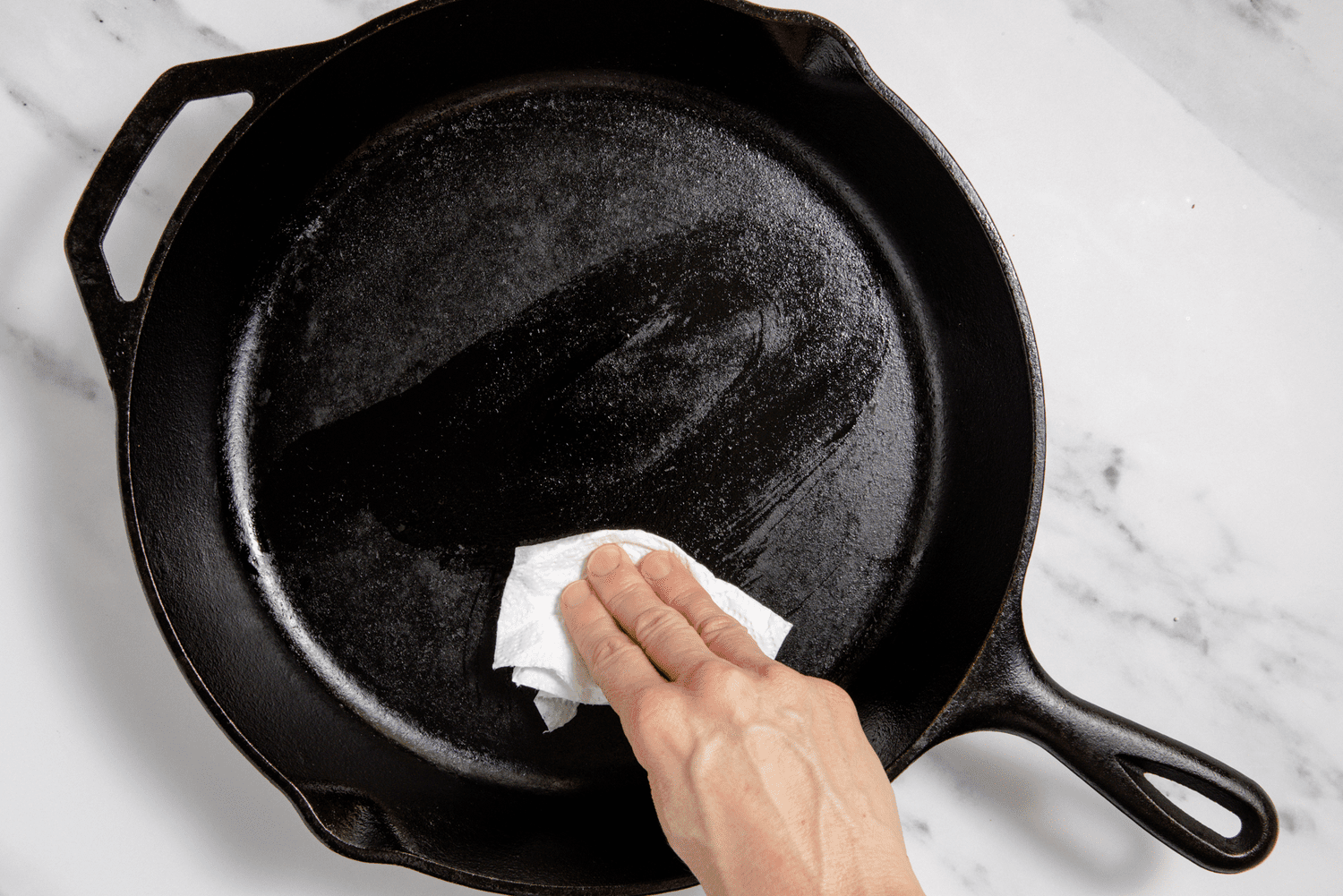


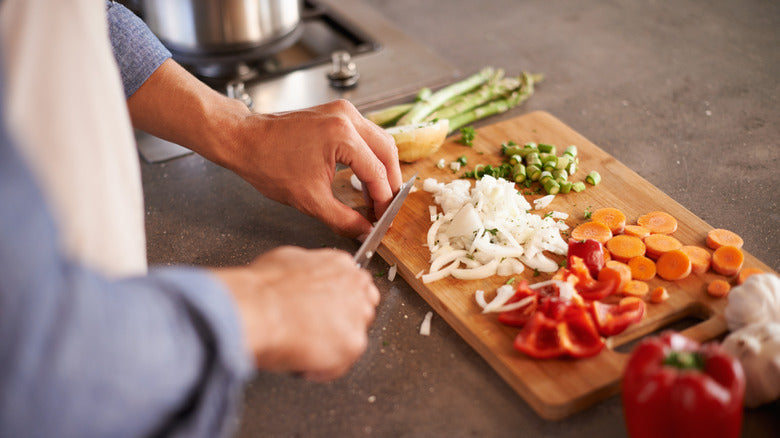
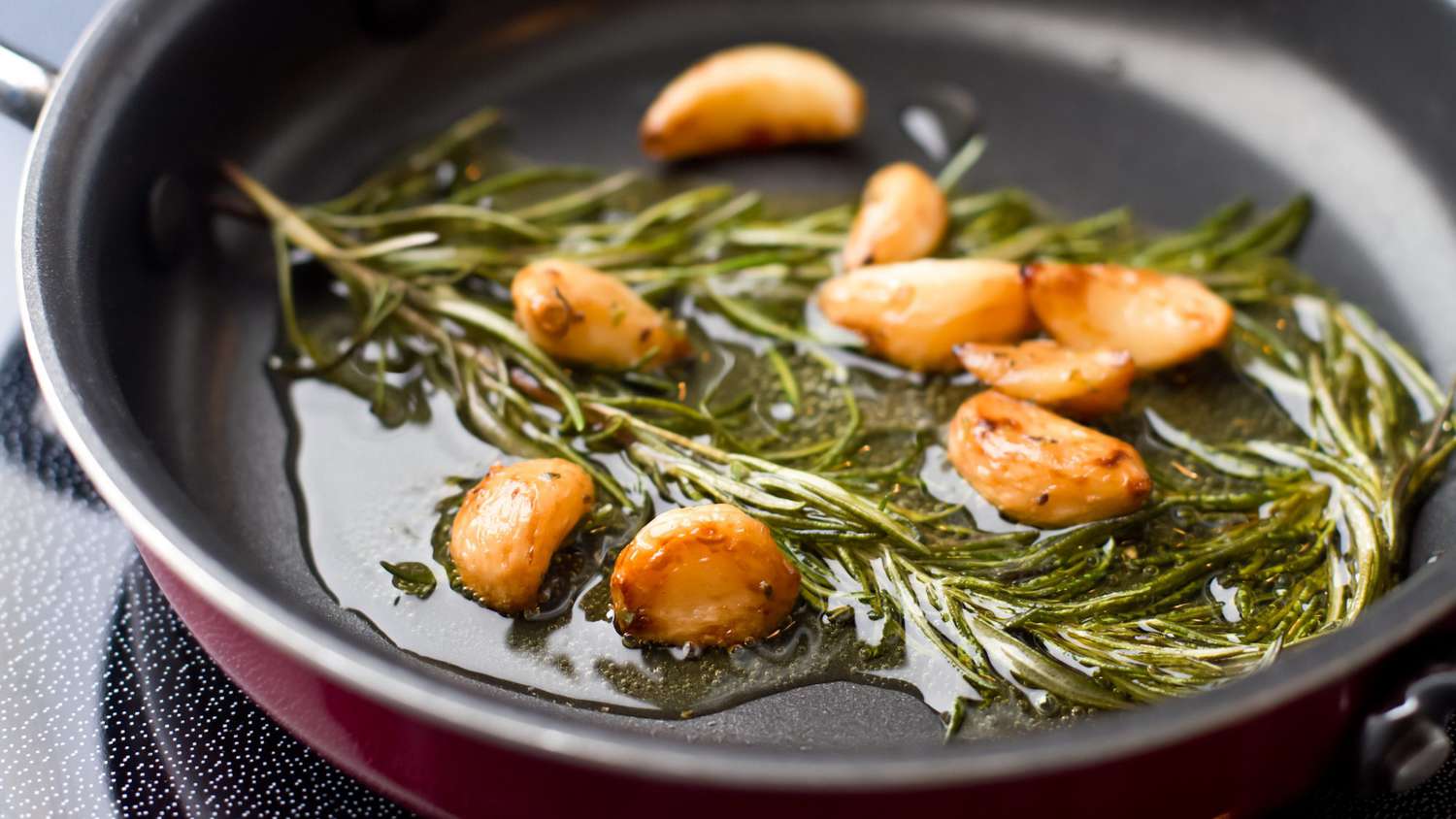
Leave a comment
This site is protected by hCaptcha and the hCaptcha Privacy Policy and Terms of Service apply.